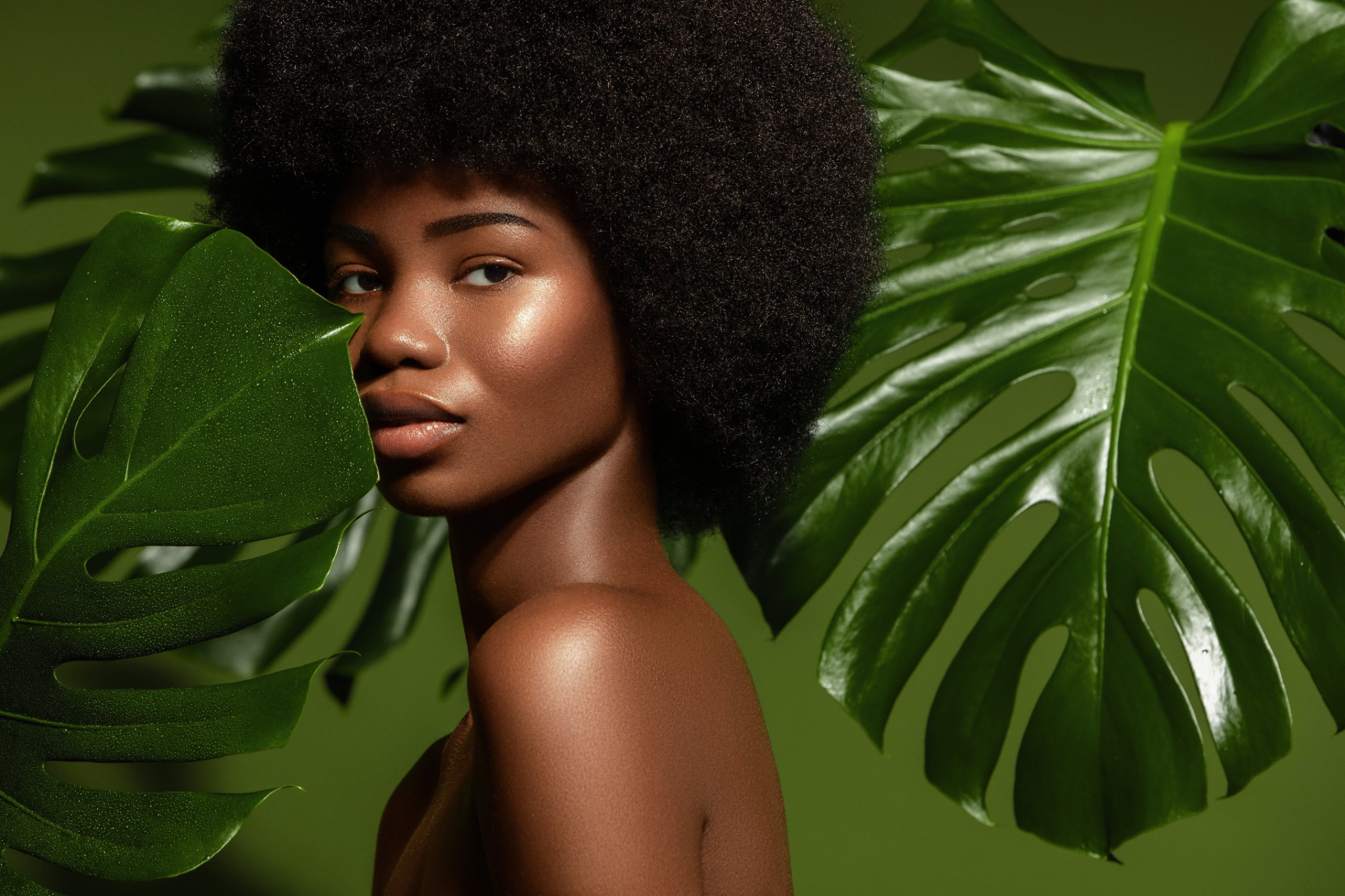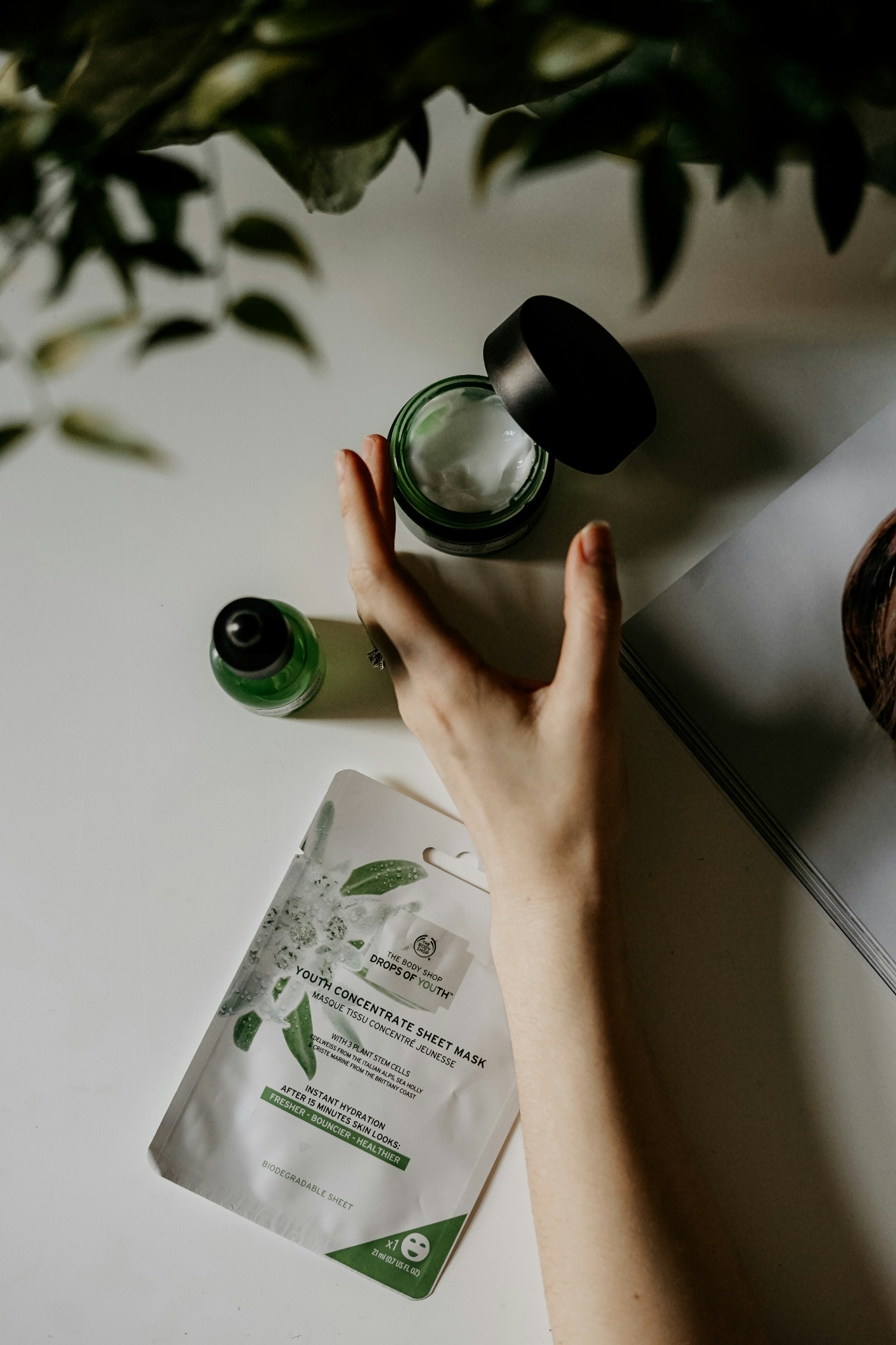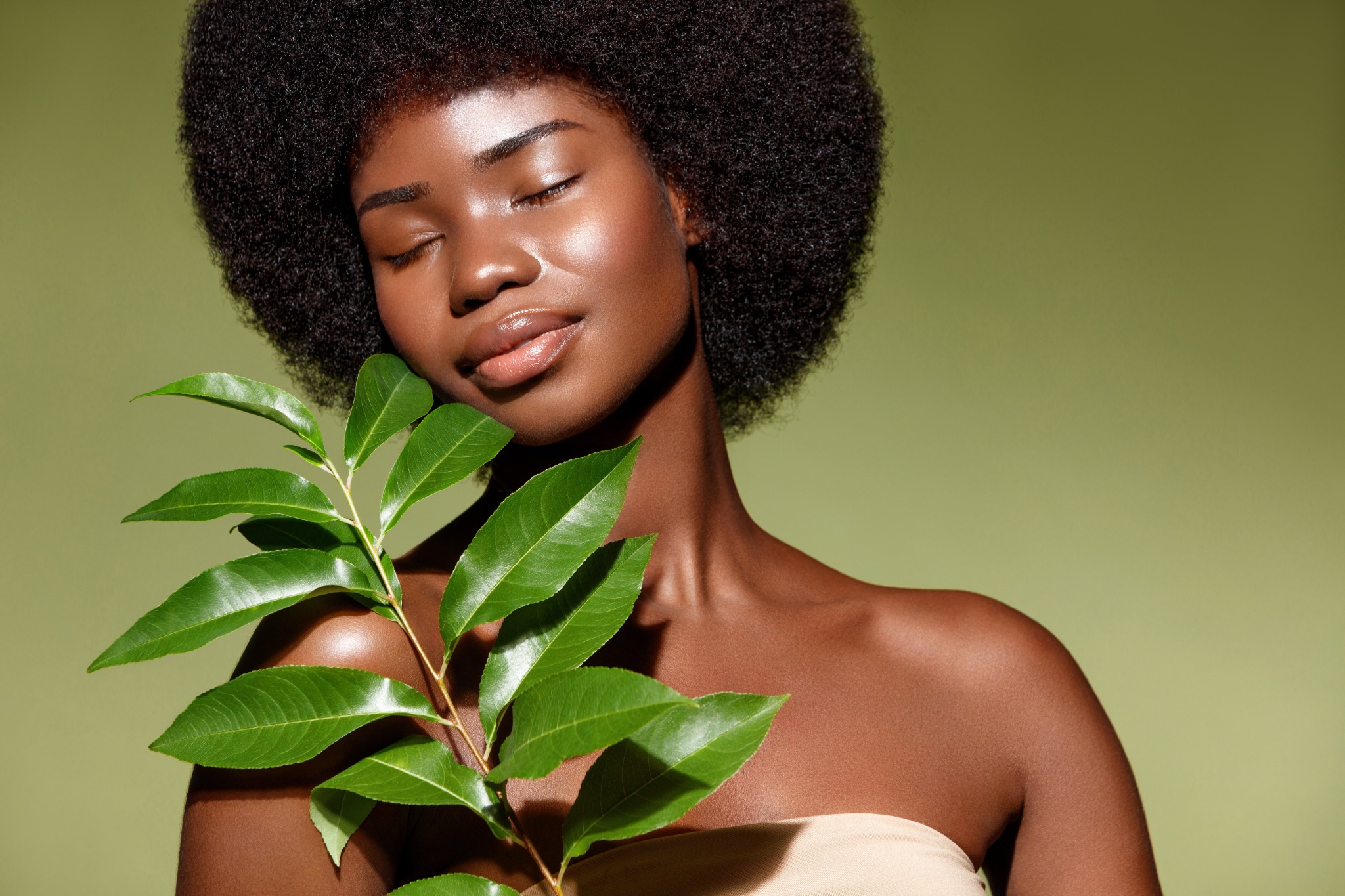The Cost of Consciousness: The 101 on Clean Beauty
Why does green beauty cost more? For starters, there’s a lot that goes into your organic-certified products. We give you the 101 on why switching to Camp Clean is worth your dollar
First published in ELLE Singapore | Beauty Feature By Angelyn Kwek

ORGANIC SKINCARE has had a presence on our shelves for a while now, but the conscious beauty movement only really started to pick up steam in the last couple of years. If you’re adopting it now, or are thinking of switching over to an organic beauty regime, the higher bill you have to foot for these products might make you raise your eyebrows, especially if you don’t see everything that goes on behind the dollar signs.
But consider a similar product: organic food. There are documentaries about how our food now contains less nutrients than before, and how the use of chemicals and pesticides in the food production process can negatively impact our health in the long run.
Likewise, we’re wising up to the fact that the long list of chemicals used in our skincare and makeup products aren’t going to do us any good, and have started to demand more from the players in the beauty industry. And slowly but surely, the tide is turning.
Official organic labels tell us that the products that bear them have undergone rigorous testing to make sure they comply with strict guidelines. While United States Department of Agriculture (USDA) organic labels are probably the more common ones we see — with Tatcha and Farmacy being the poster children of America’s clean beauty industry — there is more than one organisation giving out certifications, and these include Australian Certified Organic and Agriculture Biologique (the former the Australian equivalent of the USDA, and the latter France’s version).
On top of these tags, another label that goes hand-in-hand with organic beauty is the Fairtrade certification, distributed by the Fairtrade International Organization. So why exactly do green products cost more, particularly if they come with these fancy labels?

You're paying for the good stuff
Most organic products make use of botanical ingredients. The additional (and higher) standards organic farms have to meet — certification processes, smaller crop sizes, slower harvest timings from not using chemicals or growth hormones — all contribute to the higher cost. There is also increased labour cost as some ingredients, such as natural cold-pressed oils, are hand harvested and processed.
While the higher cost is transferred to you at checkout, the benefit is that you avoid exposure to harmful chemicals like sodium laureth sulfate (SLS) and parabens. Briogeo is one such brand that has cut out SLS and parabens entirely, formulating their products with up to 94 percent naturally derived ingredients. And anyone who uses their Superfoods haircare range can attest that Briogeo is proving that beauty can be green and efficacious.
Then there’s the fair-trade component, which adds to the end cost as obtaining this certification is all about meeting additional standards in the realms of environment, ethics and economic sustainability. Brands committed to supporting fair trade — passing a test administered by the Fairtrade International Organization — have to pay the premium that comes with obtaining ingredients from sustainable growing collectives (such as farmers and beekeepers) as well as certifying other facilities that work with fair trade products.
You're nixing the cheap chemicals
Take a gander at any ingredient list of any drugstore beauty product and you’ll see that most of them will have aqua/water listed as first. As ingredients are itemised in order of percentages used, from highest to lowest, this means that most of what you’re actually paying for is just plain ol’ H20.
Organic products, on the other hand, use quality active ingredients. For example, some clean beauty brands use aloe or coconut water so that their products are more effective. Another upside is avoiding flare-ups and breakouts, as organic products are eschew the use of chemicals — which can be irritants especially if you’ve sensitive skin.
The Hello FAB Coconut Skin Smoothie Priming Moisturizer by First Aid Beauty is a solid one yours truly swears by if you’re in the market for an all-rounder moisturiser. It lists cocos nucifera (aka coconut) fruit juice as its top ingredient and provides long-lasting hydration for all skin types. Plus, its oil-free, paraben-free and sulphate-free formula means your skin gets nourished with naturally-derived actives instead of the nasties.
So the next time you’re out shopping for clean(er) beauty products, take a moment to study the ingredient list to check the priority of ingredients used; a good indication is when the high-quality stuff is listed towards the front.

You're using products at their freshest (and cleanest)
It’s a big no-no when the lifespan of your beauty products can rival a vampire’s age because that means it’s chock-full of harmful chemicals — which last forever — that keep it that way.
Your run-of-the-mill beauty brands aim for a longer shelf life in order to reduce overheads from a logistics standpoint, and being able to produce in bulk also keeps costs down.
Green products, on the other hand, tend to have shorter shelf life as the botanical ingredients in its formula have a limited lifespan and break down after a certain time.
You're getting mindful manufacturing and packaging
A lot of thought goes into every detail of the manufacturing process when it comes to these natural products. Organic ingredients are often hand harvested and formulations are done in small batches to ensure high quality, as compared to the usual beauty products which are mass produced by machines (to enjoy bulk discounts on ingredients) and placed in the most cost-efficient containers.
You’ll also notice that many green beauty products tend to come in dark brown glass bottles — the dark colour is to prevent light damage while glass is a non-reactive material that will not affect the oils or formulations.
Most organic products tend to come in small sizes too, which plays to the shorter shelf-life rationale we mentioned, as green beauty brands want you to have the freshest skincare and makeup products. The reasoning is that the smaller amount is meant to last around three months or less with regular use. The time it expires would be about the right time for replenishment anyway.
Japanese clean beauty brand Fancl famously popularised this rationale with their preservative-free philosophy, and even pioneered a proprietary seal for their best-selling skincare lotions, keeping it factory-fresh until the moment you open it for use. They are also travel-friendly beauty products — you can pop them into your carry-on easily because of their 30ml contents.
So is it worth spending extra on organic and/or Fairtrade-certified green products? The answer must be a resounding yes — for who wants to pile harmful chemicals on their skin?
Now go forth and explore the world of clean beauty, knowing that you’re using products powered by natural ingredients that truly nourish and care for your skin. Even better still, your dollar is going toward sustaining the beauty brands and smaller-scale producers dedicated to a green ethos.
Post a comment